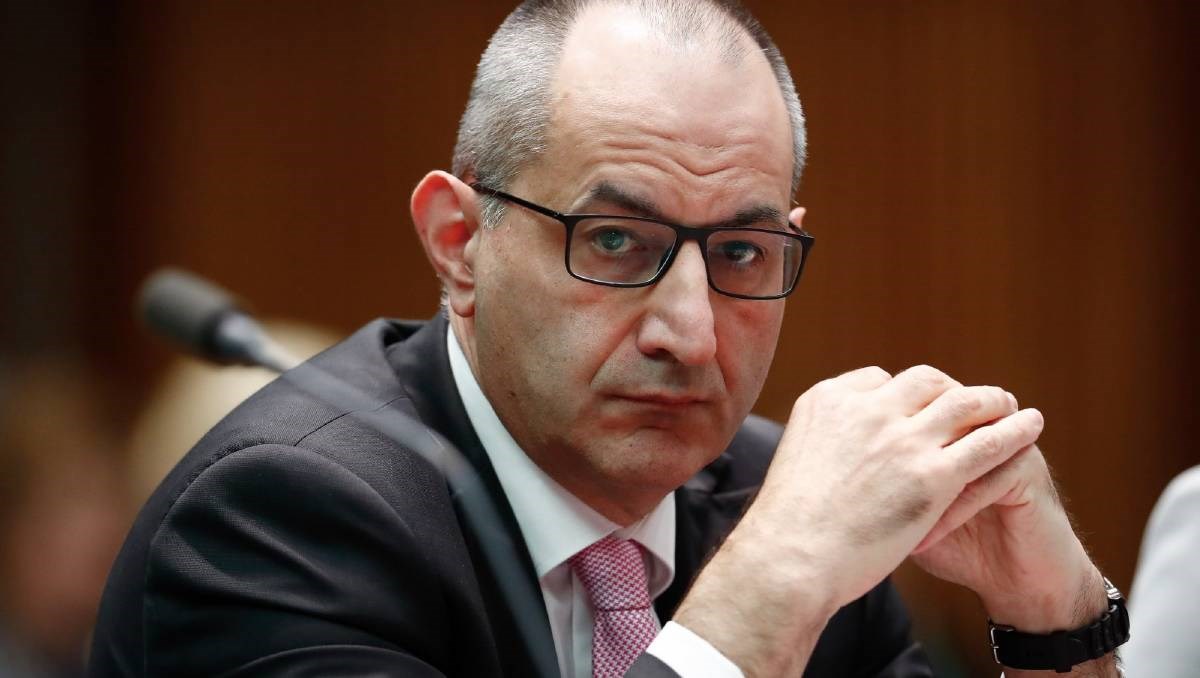Australia drops use of drones for border security
The country will abandon its plans announced four years ago to resort to drones and undersea sensors for providing border security.
-

Australian Home Affairs Minister Michael Pezzullo
Australian Home Affairs Minister Michael Pezzullo declared on Monday that his government will scrap plans launched four years ago to use drones and subsea sensors for border protection because they were unnecessary owing to poor unmanned aircraft capacity.
In 2018, Australian Defense Minister Peter Dutton, who was also the home affairs minister at the time, announced plans to replace the current method of patrolling Australia's maritime borders with drones and undersea sensors by 2024, citing the fact that current technologies would not meet security standards. According to Australian media, the government has set aside $14.2 million for the plan's implementation in 2021.
Pezzullo was quoted by news.com.au as stating that the "unmanned capability" has been paused, adding that the pause will be until "such time as those capabilities are better level to meet the specific requirements that we have for both high altitude but also medium and low altitude aerial surveillance."
Australia has opted to cut next-generation technology funding to $9.2 million, while a $100 million-per-year deal with Cobham Aviation for Dash-8 aircraft has been extended for another six years, according to the site.
In early March, the Australian government decided to allocate 38 billion Australian dollars ($27 billion) to boost the country's national defense and increase the number of its military employees.
Canberra's soldiers will be increased by close to 18,500, reaching about 80,000 personnel, while the number of its defense employees will reach above 101,000 in 2040, according to an announcement by PM Scott Morrison, marking an almost 30% increase.
The objective of this military enforcement is to "keep Australians safe," amid Australia's posturing with AUKUS, which cited the "China threat", and the growing alliance between Beijing and Moscow.

 2 Min Read
2 Min Read








